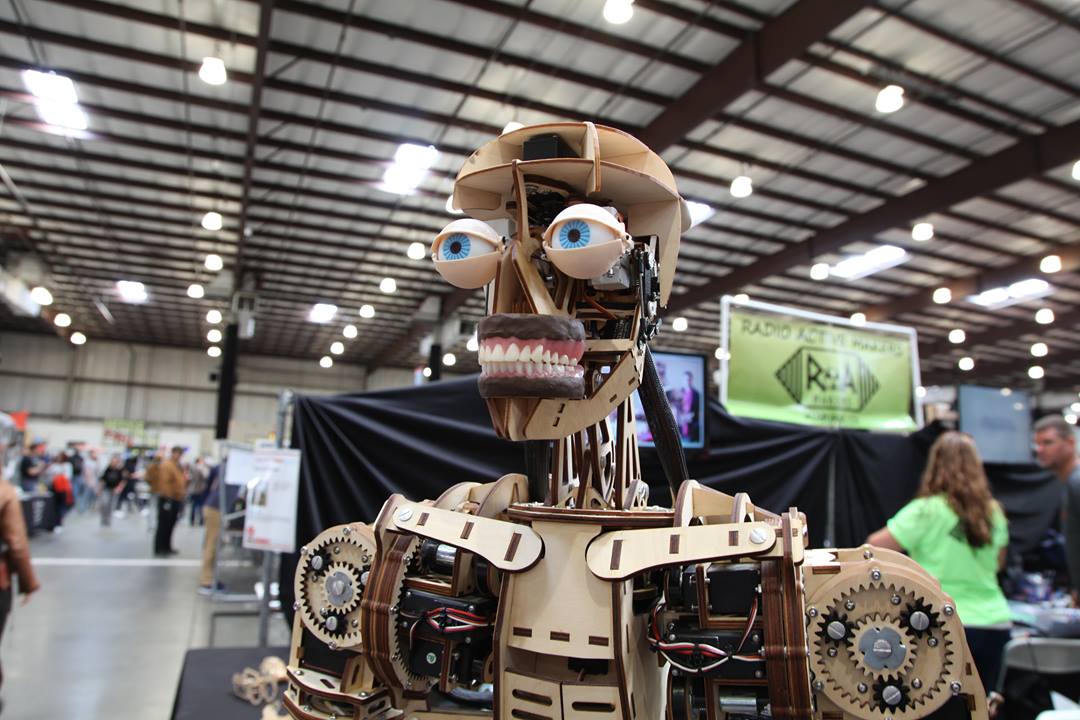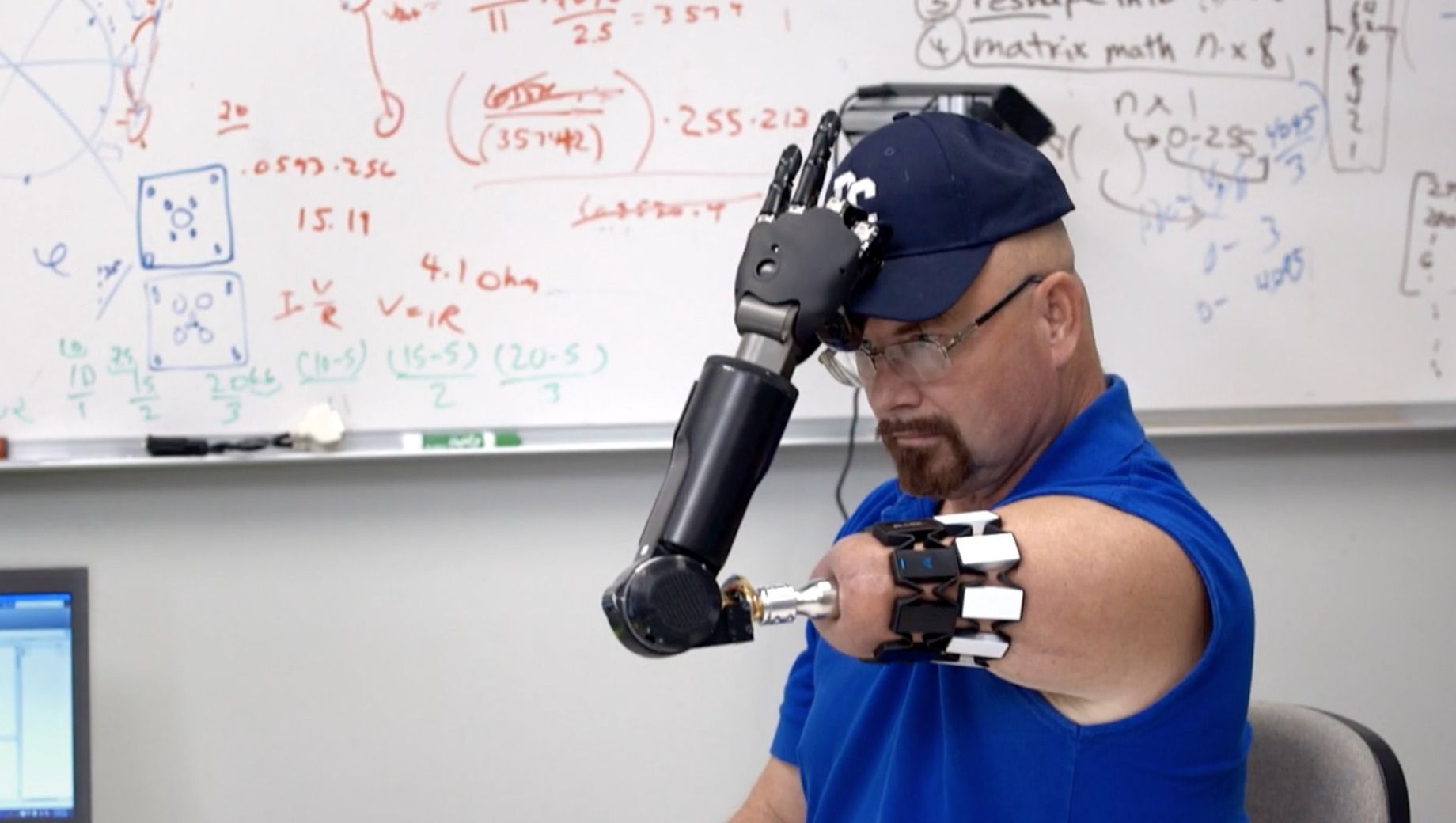Aug 31, 2016
NASA is Designing A Submarine To Explore Titan’s Largest Ocean
Posted by Shailesh Prasad in category: space
NASA is designing a submarine that will one day be deployed to Saturn’s moon Titan, and explore it’s largest hydrocarbon ocean Kraken Mare. The project is just in the conceptional phase with the mission beginning in 2038, at the earliest.
Despite being a moon, Saturn’s natural satellite Titan is remarkably planet-like. More notably, it has striking similarities to Earth such as clouds and a dense atmosphere.
It does, however, have oceans of liquid methane instead of water, since its temperature is far too cold for liquid water to exist. This would make is most uncomfortable for much of life on Earth. Still, scientists have reasons to believe that life could emerge under these harsh circumstances, since its thick atmosphere is rich in methane and other organic compounds—signs indicative of life from an Earthling’s perspective.
Continue reading “NASA is Designing A Submarine To Explore Titan’s Largest Ocean” »
















